The Latvian capital of Riga is undoubtedly the country’s most famous UNESCO World Heritage Site. But I was keen to track down Latvia’s second, more obscure entry on the list: the Struve Geodetic Arc. In the mid-1800s, Danish astronomer Friedrich Georg Wilhelm Struve conducted a survey along the meridian running between Norway and the Black Sea. His measurements, taken in 10 different countries, were helpful in calculating the size and shape of our planet. 34 of Struve’s original measurement points can be seen today, and one of them happens to lie in central Latvia. To find it, I took the train to the nearest town, Krustpils.
Krustpils, Latvia traces its roots to 1267 when the Bishop of Riga built a castle along the Daugava River, about halfway between Riga and Daugavpils. Today, well-preserved Krustpils Castle is home to the Jekabpils History Museum and a highlight of the region. Located in southeastern Latgale Province, Krustpils was once within the boundaries of the Polish-Lithuanian Kingdom, and later, the Russian Empire. Throughout this time, the castle was owned by Baron Nicolaus von Korff and his descendants. The Soviets moved in after World War II and let the magnificent structure fall to ruins. Restoration began in 1991; black and white photos in each room give an idea of the lost grandeur. Be sure to listen to the museum’s free audio guide to learn more about the castle and the family that lived there.
Jekabpils, Latvia is located directly across the river. First settled by Russian Old Believers in the 17th century, Jekabpils was named after the Duke of Courland. (The Duchy of Courland was a vassal state of the Polish-Lithuanian Commonwealth. You can learn more about that here.) The settlement soon grew into a small port town. A lively market once dominated the Old Town Square, a fact that is commemorated with fun sculptures including scales and a coin purse. A second market was located near the founding stone laid by Duke Jacob in 1670. The two sides of the river weren’t linked until a bridge was built in the 1930s, and it’s funny to think that the twin towns were once in separate countries with different languages and customs.
A community of Old Believers continues to live in Jekabpils to this day, worshiping at a quaint wooden chapel. This has been somewhat overshadowed by the towering silver onion domes of the larger Orthodox Church of the Holy Spirit. The church and its monastery are situated next to the river, where a paved walkway makes for a pleasant stroll.
I finally found the Struve Geodetic Arc in a park not far from the church complex. Admittedly, this UNESCO site is a little underwhelming, but seeking it out was half the fun!
It’s possible to visit Krustpils and Jekapbils as a day trip from Riga. The Riga to Krustpils train takes two hours and costs around €5 each way. You can check the schedule here. From Krustpils train station, local bus #3 will drop you off in front of the castle (Pils stop). From there, bus #1 will take you across the river to Struve Park (Gimnazija stop). To return to the train station without having to change at the castle, take bus #5 which runs along Zala iela and Pasta iela. (You can find the routes and schedules here, though they are only in Latvian.) Pay close attention to the return train departure time. I didn’t give myself enough time to get back to the station and missed the train I was aiming for. Luckily there was a later one, otherwise I would have had to spend the night in town. In hindsight, it probably would have been better to start with Struve Park and work backwards towards the castle and train station from there.
If you are driving to Jekabpils, be sure to stop by the nearby Koknese Castle ruins. Constructed by the Bishop of Riga in 1209, Koknese Castle remained a regional stronghold until being blown up in the war with Sweden in 1701. A hulking stone shell is all that remains. Once perched high on a hill above the Daugava River, the ruins were nearly submerged after the installation of a Soviet hydroelectric power plant caused massive flooding in the area. I recommend adding Koknese and Jekabpils as stops on a Latgale road trip.
Want more crumbly castle ruins? Check out my articles on Bauska, Cesis, Dobele, Ludza, Sigulda, and Valmiera.
To see photos of Latvia’s grand palaces, click on Jelgava, Mezotne, and Rundale.
PIN IT!
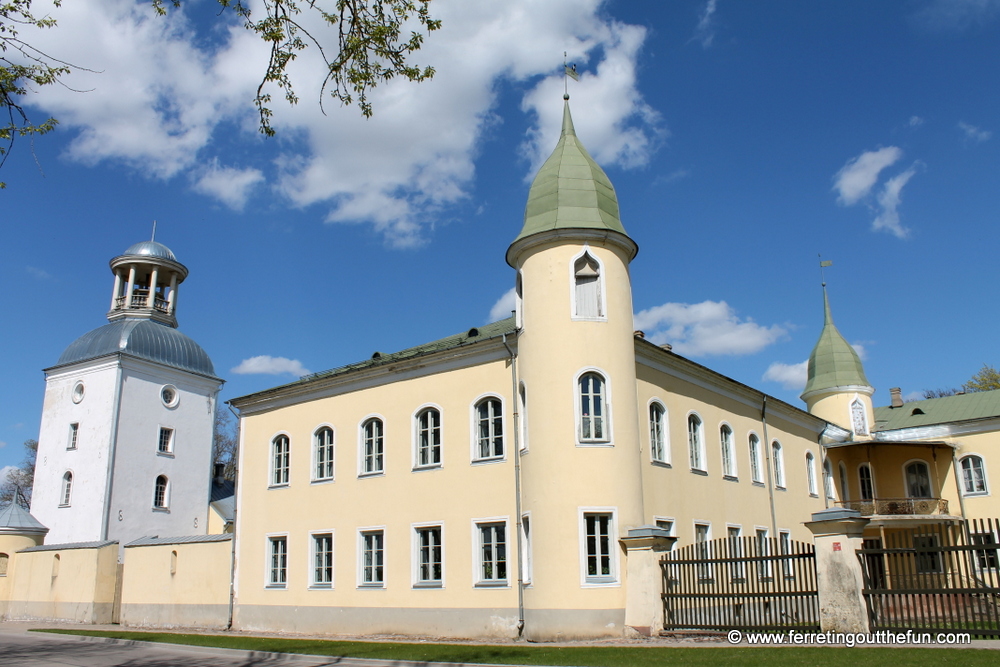

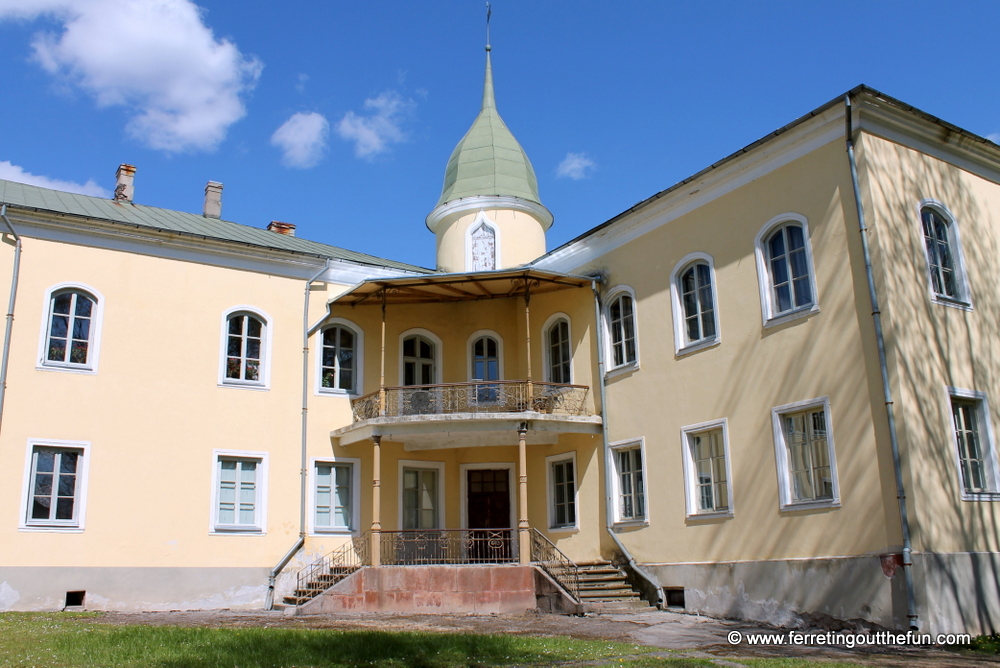
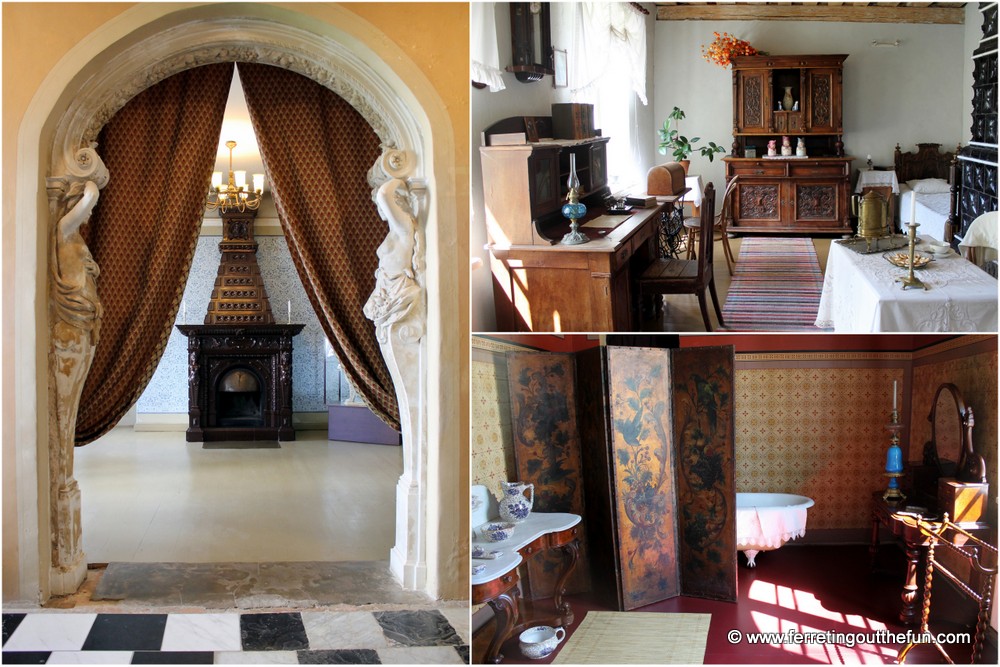
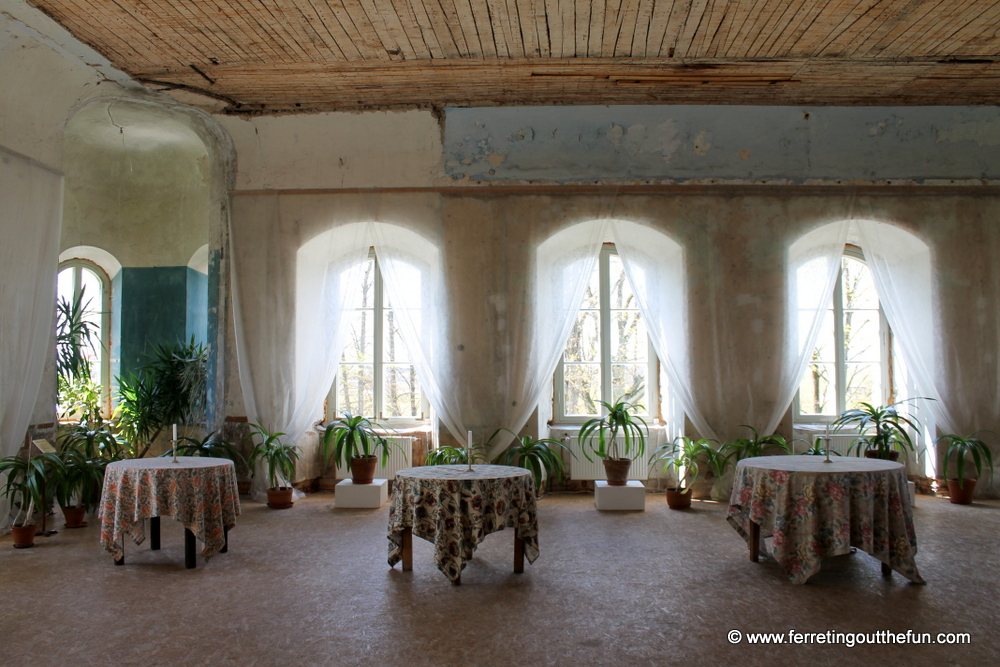
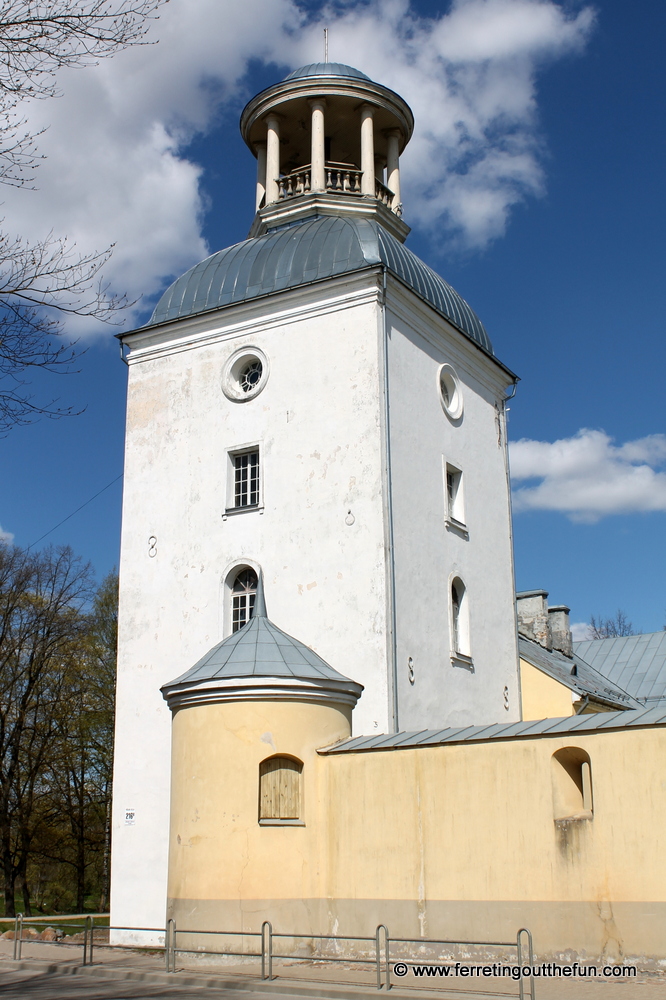

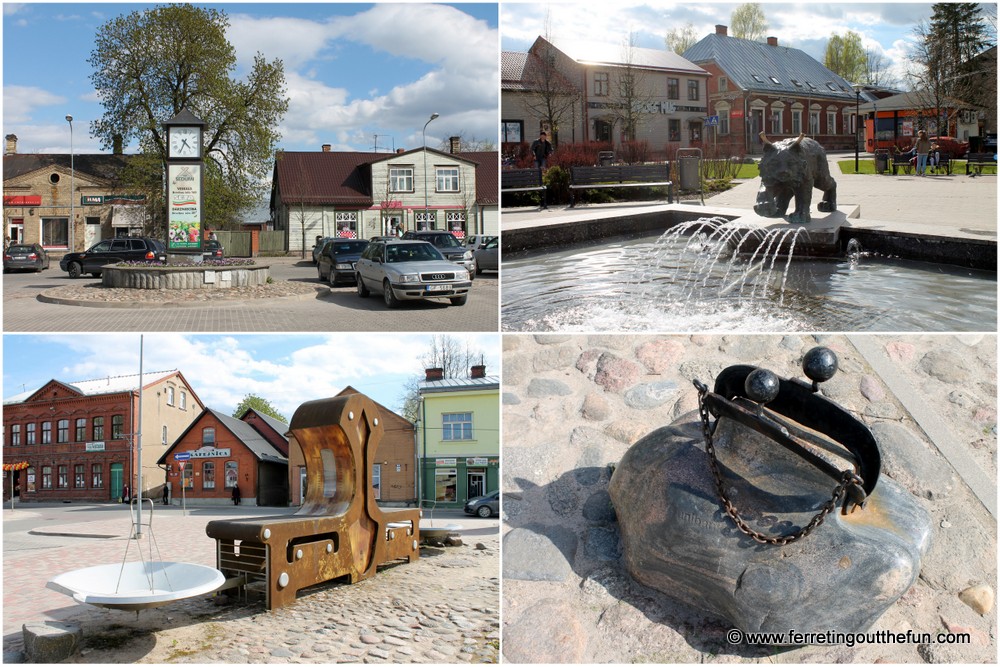

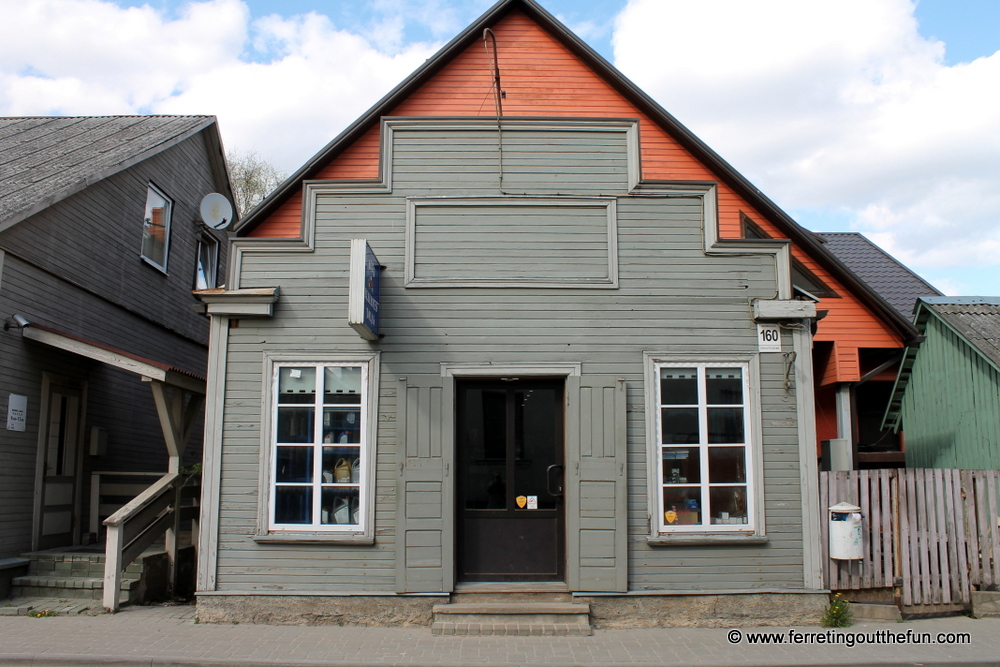
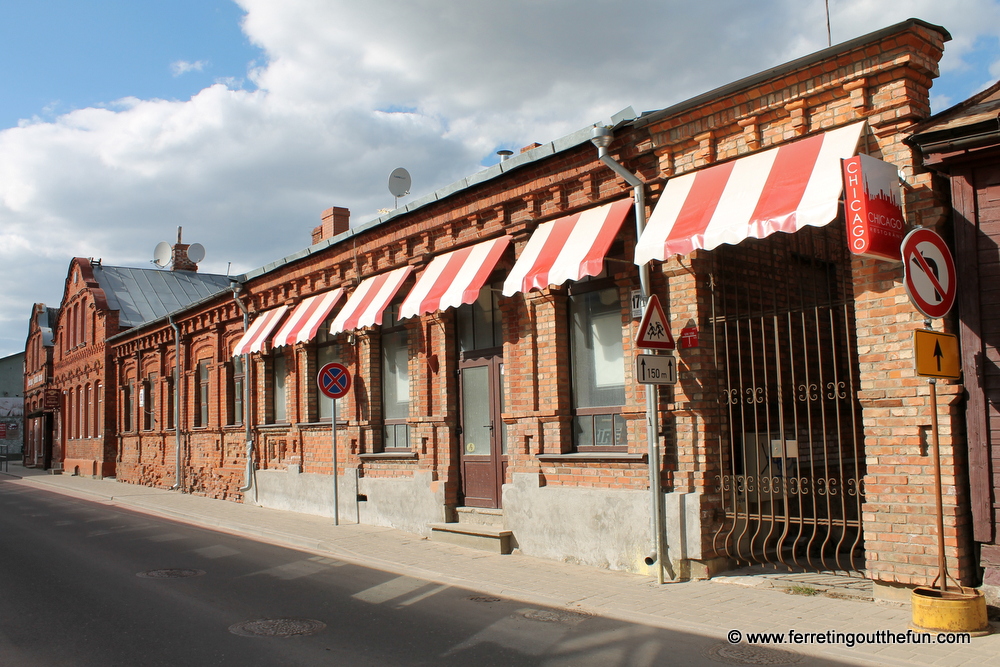
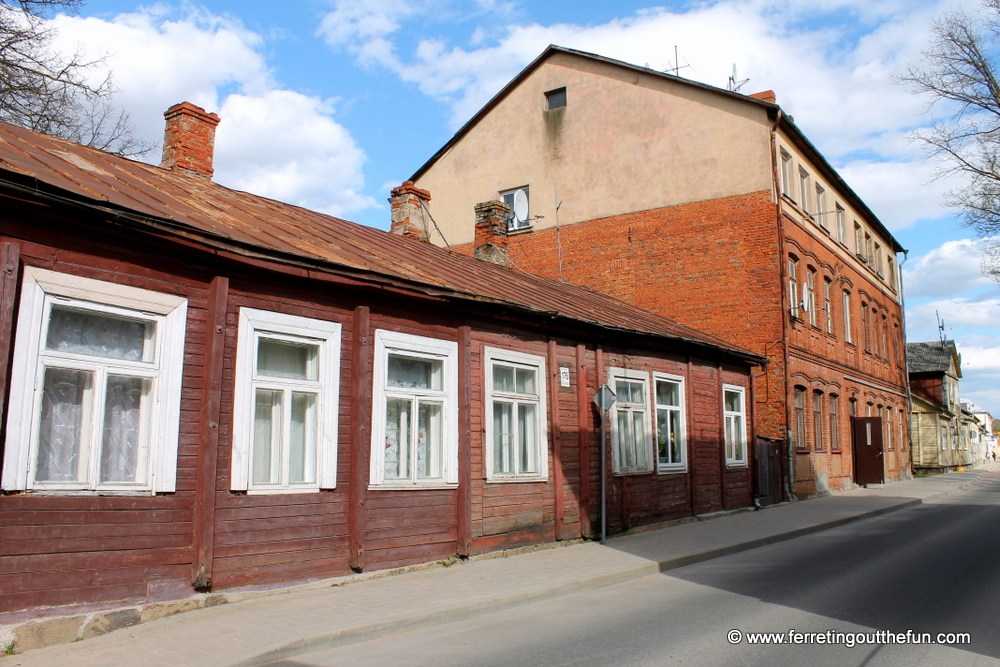
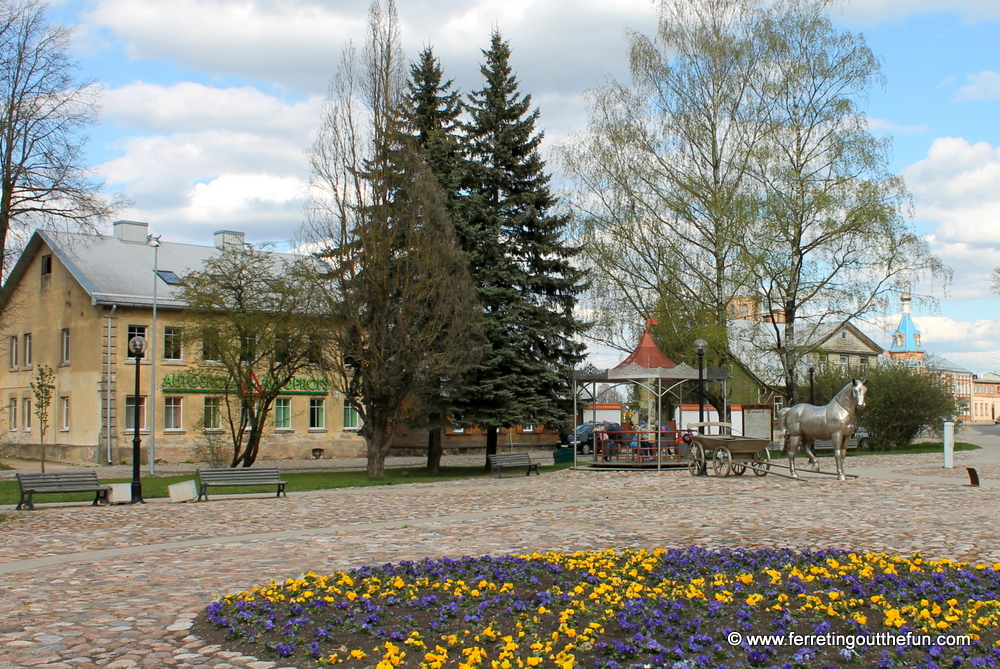
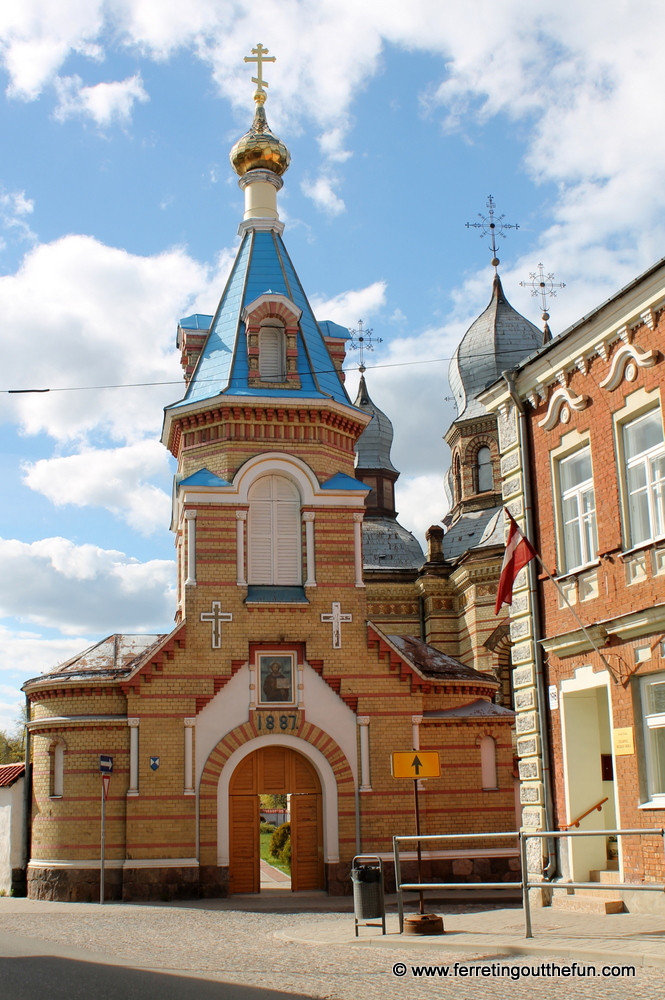
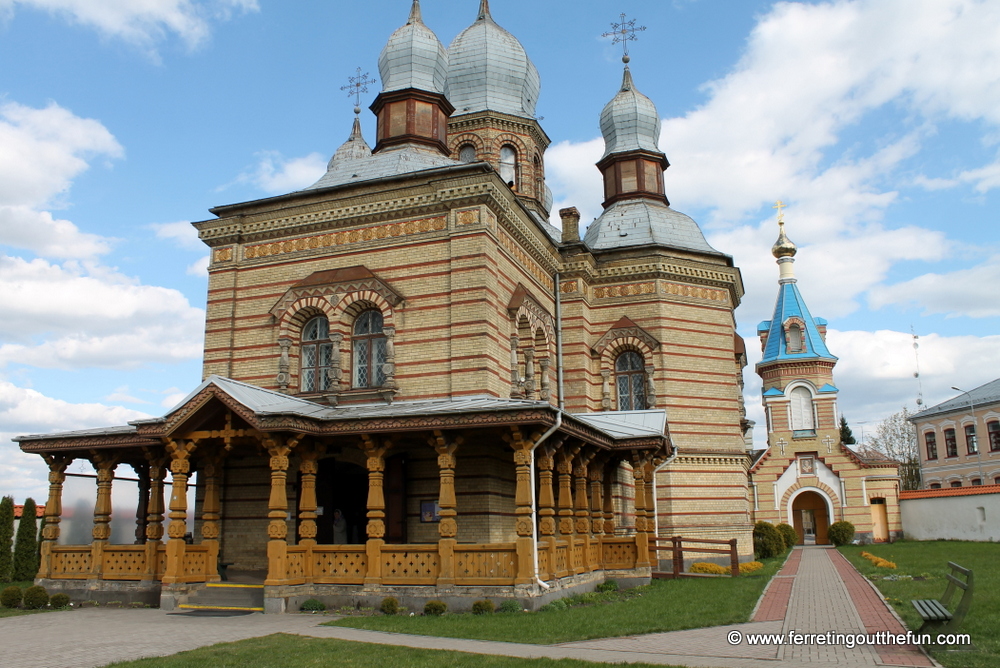
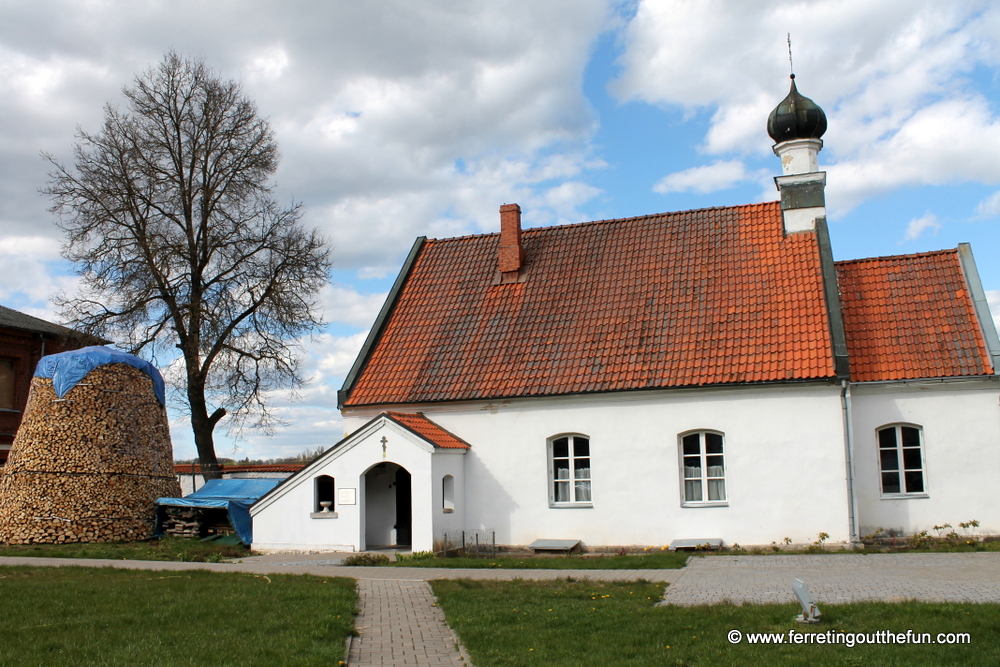
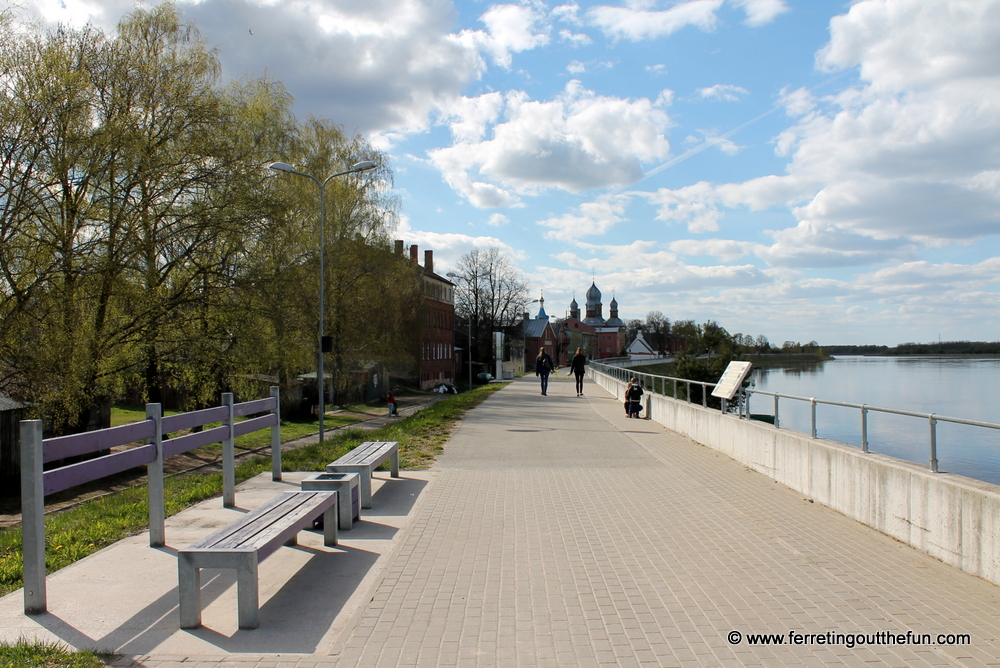
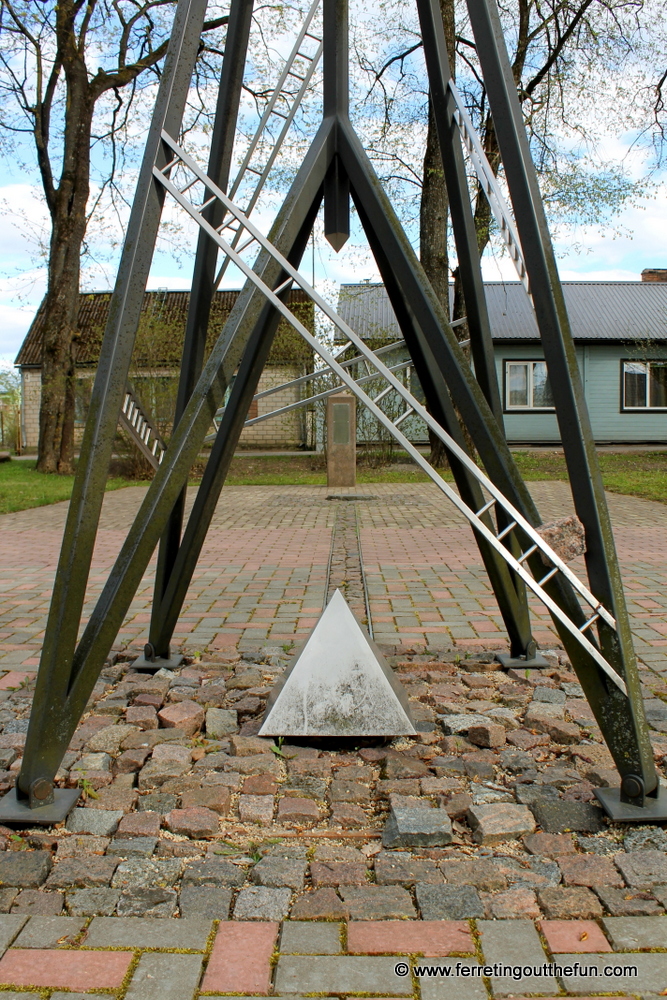
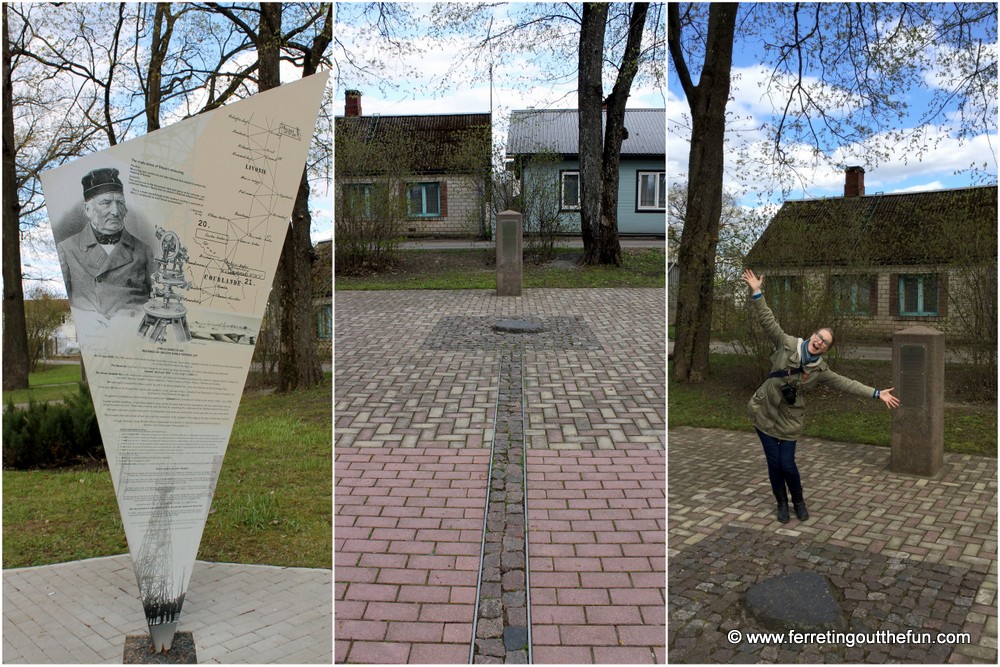
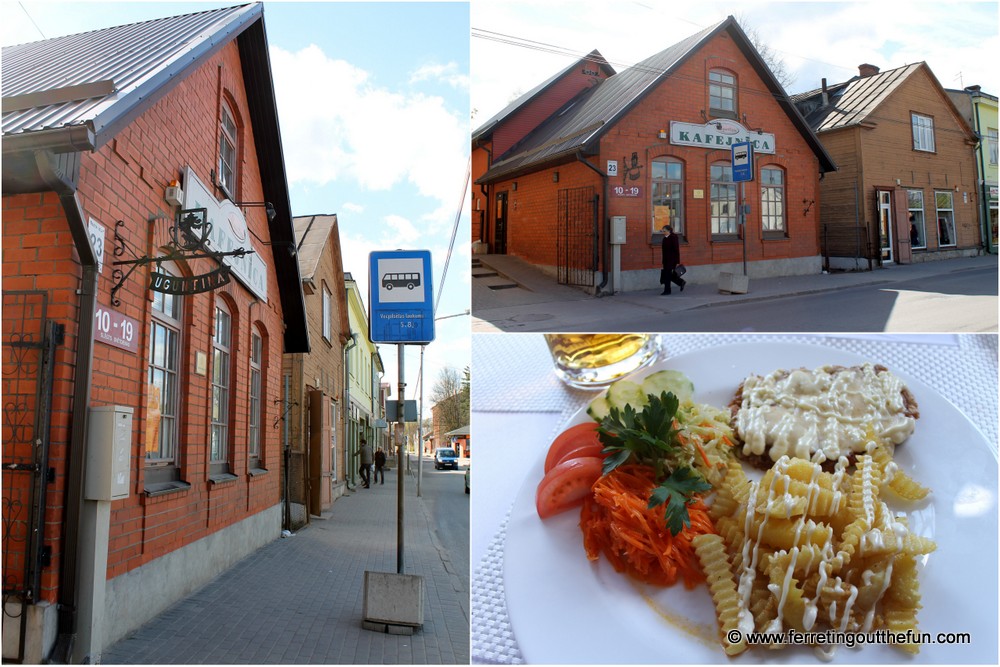
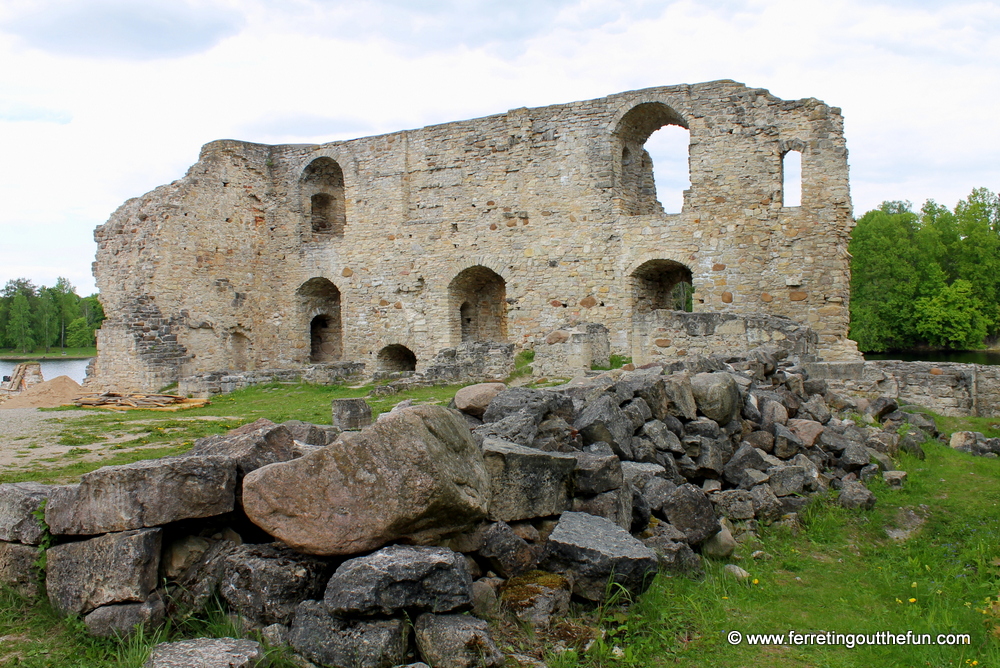
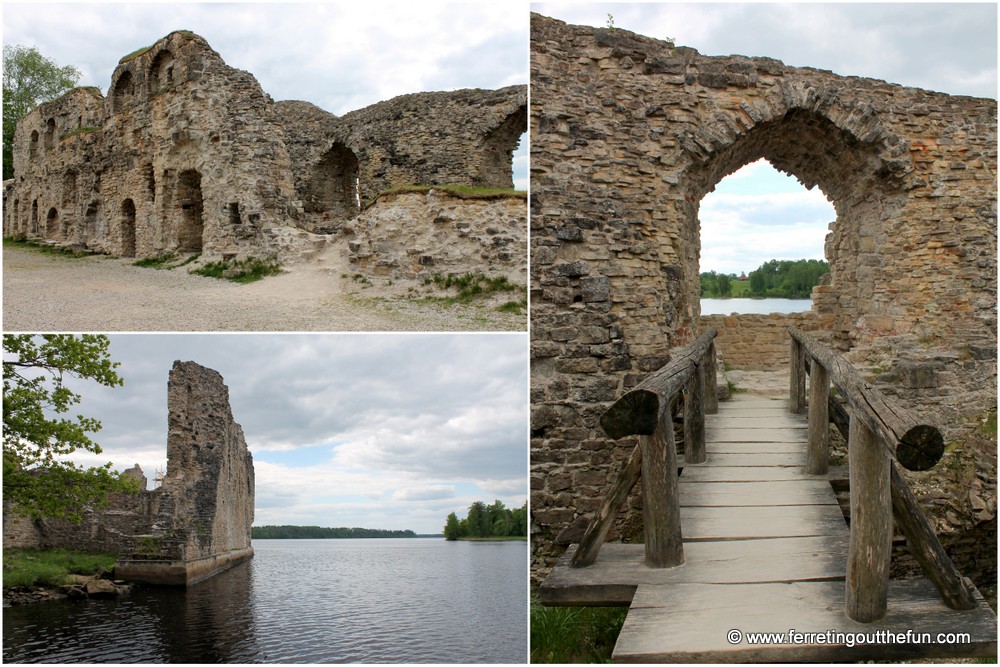

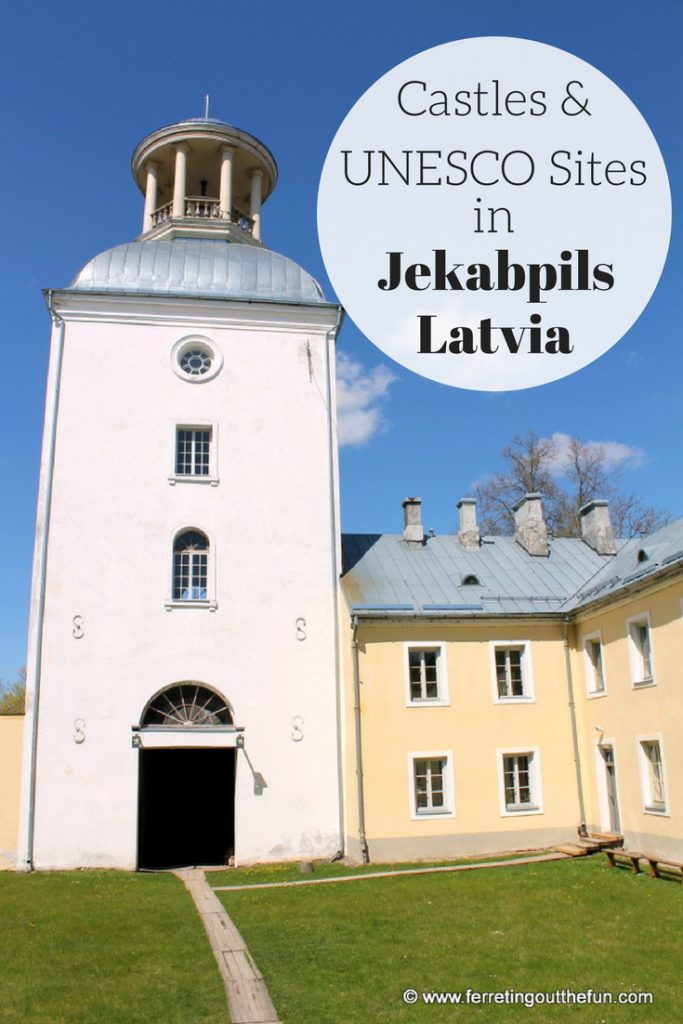
Nice day trip! I particularly liked the Orthodox Church (surprise) and that charming white monastery.
Thanks, it was a fun day! I had hoped to go inside the church, but a service was happening and I didn’t want to disturb the proceedings.
So glad I had this pinned from earlier. I’ve been trying to decide whether to visit Jekabpils and I think you’ve convinced me. I was worried there was just the castle but it seems more than that which is nice. Thank you!
The castle is definitely the big draw, though the orthodox church and monastery are pretty impressive. Latvia’s tiny towns aren’t for everyone, but I developed a real penchant for that quaint atmosphere. There are a bunch of great spots in the Kurzeme region (west), but I haven’t written about all of them yet.